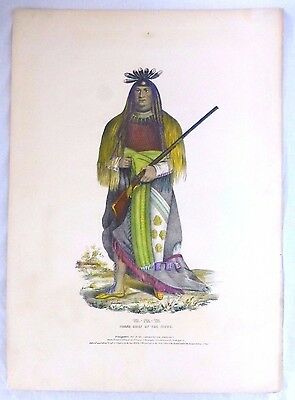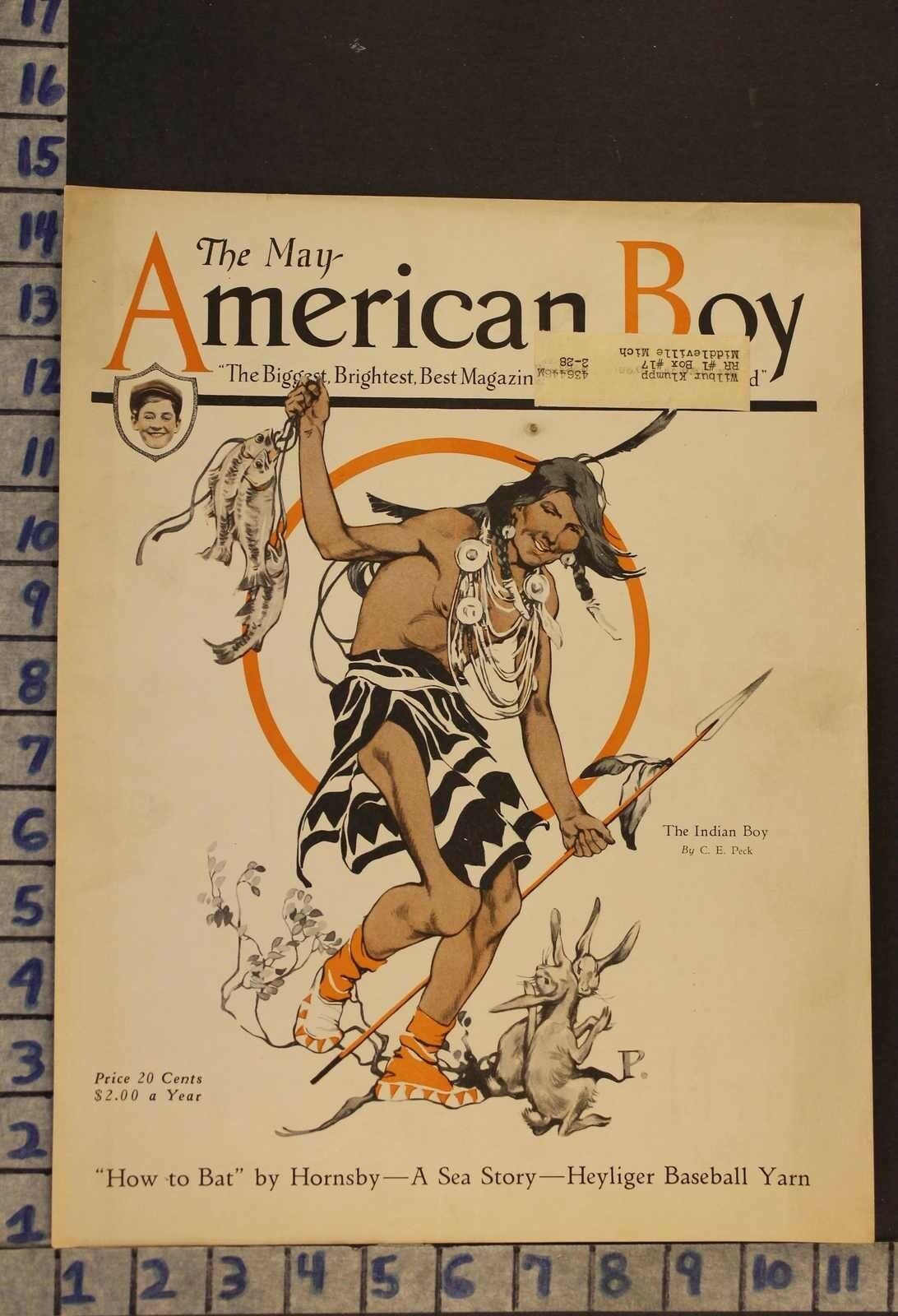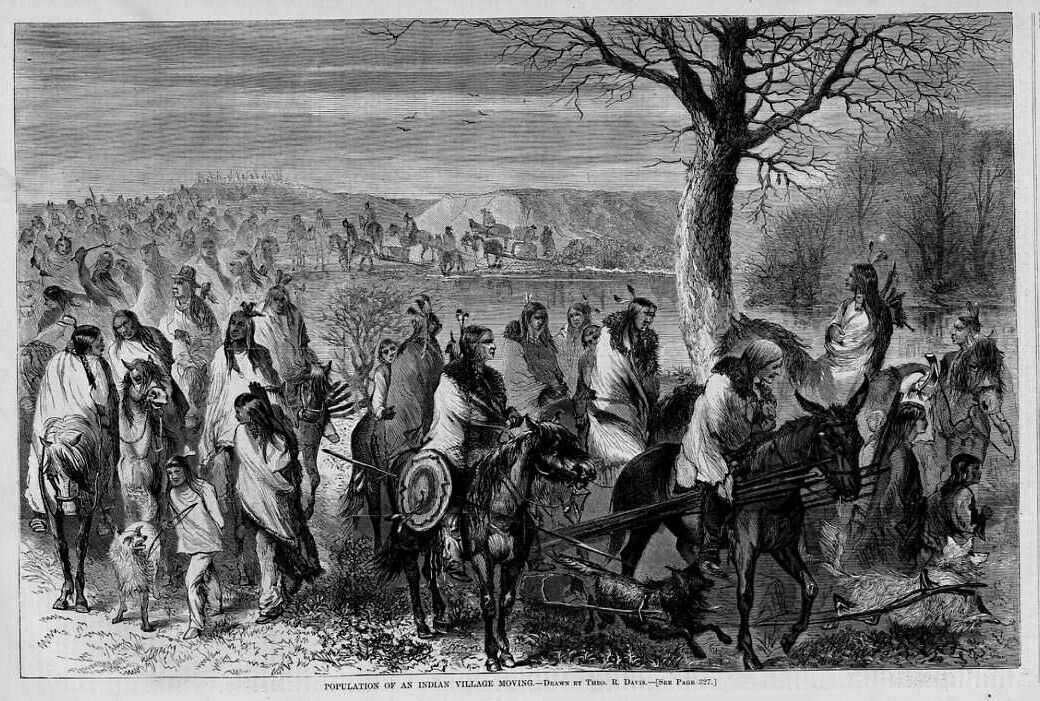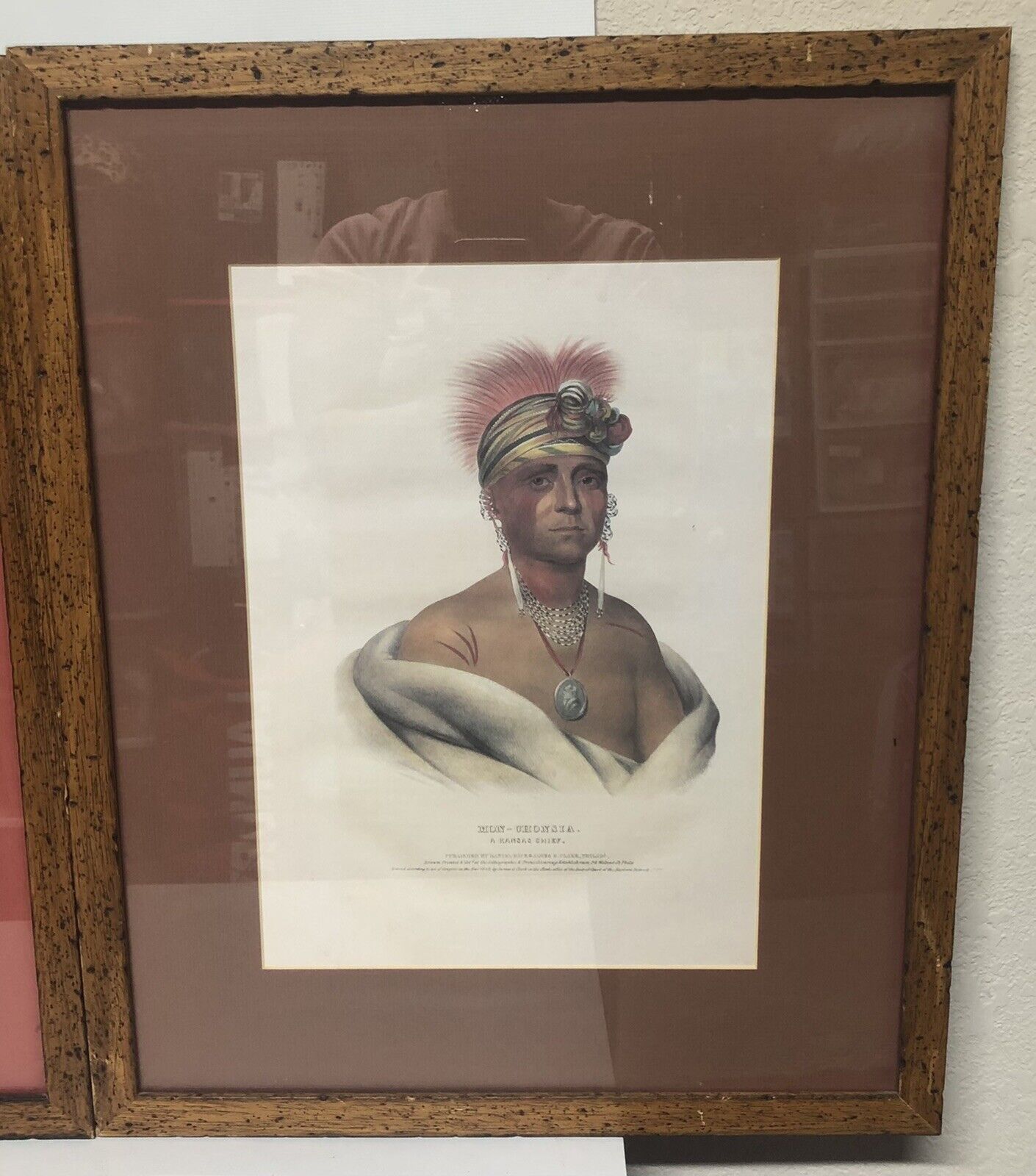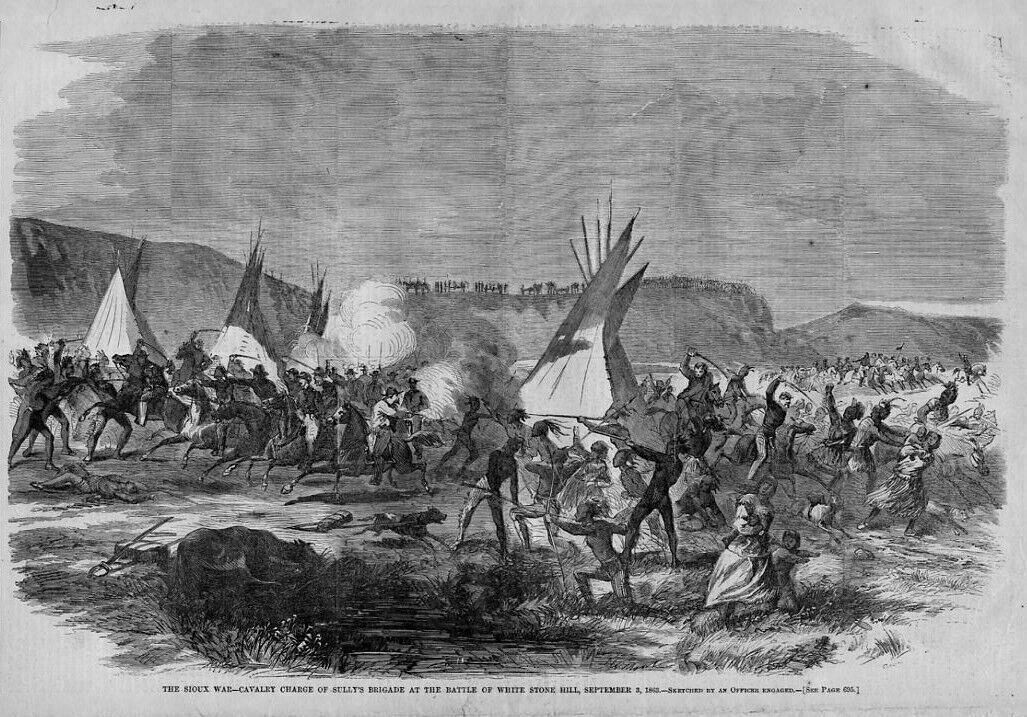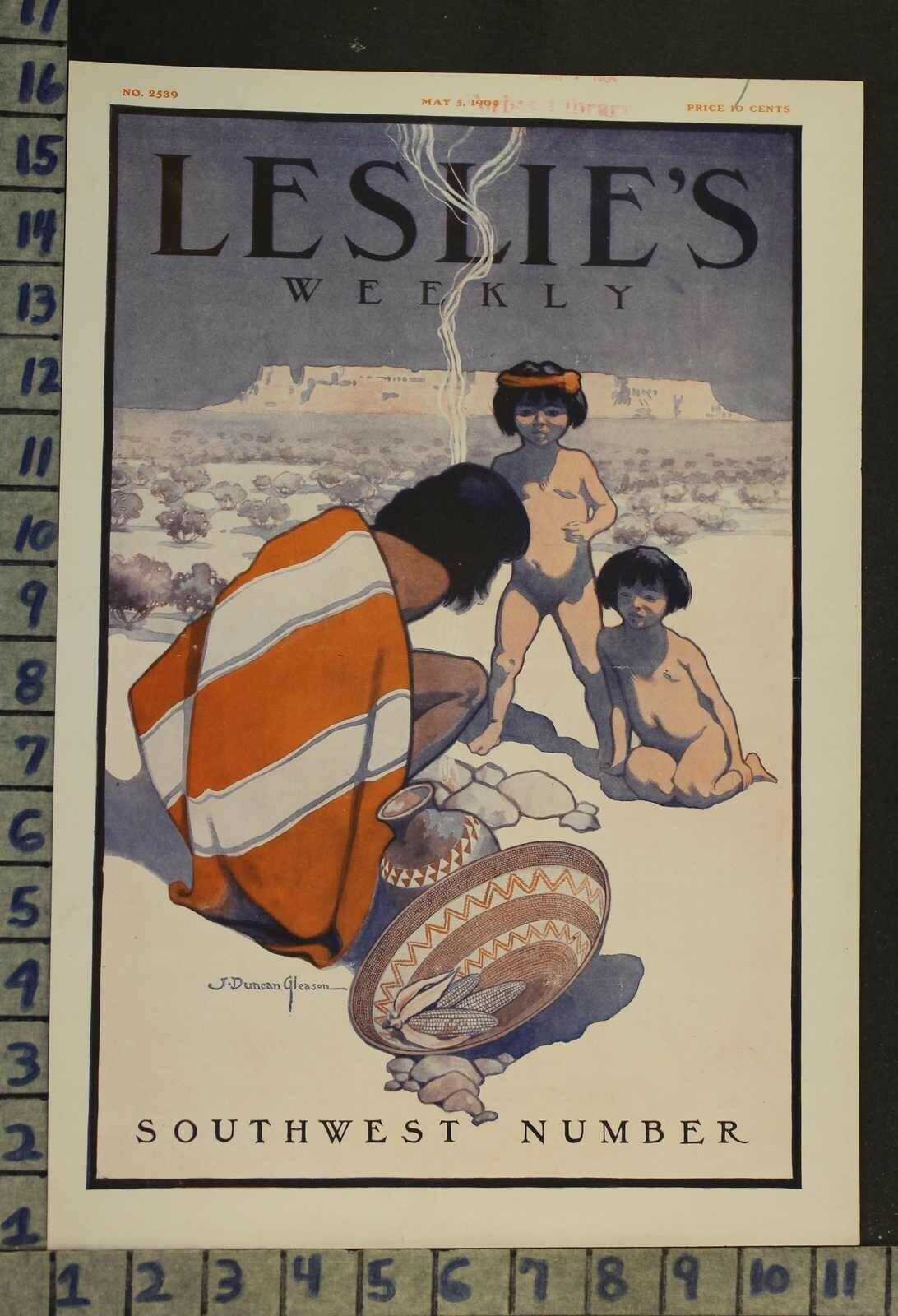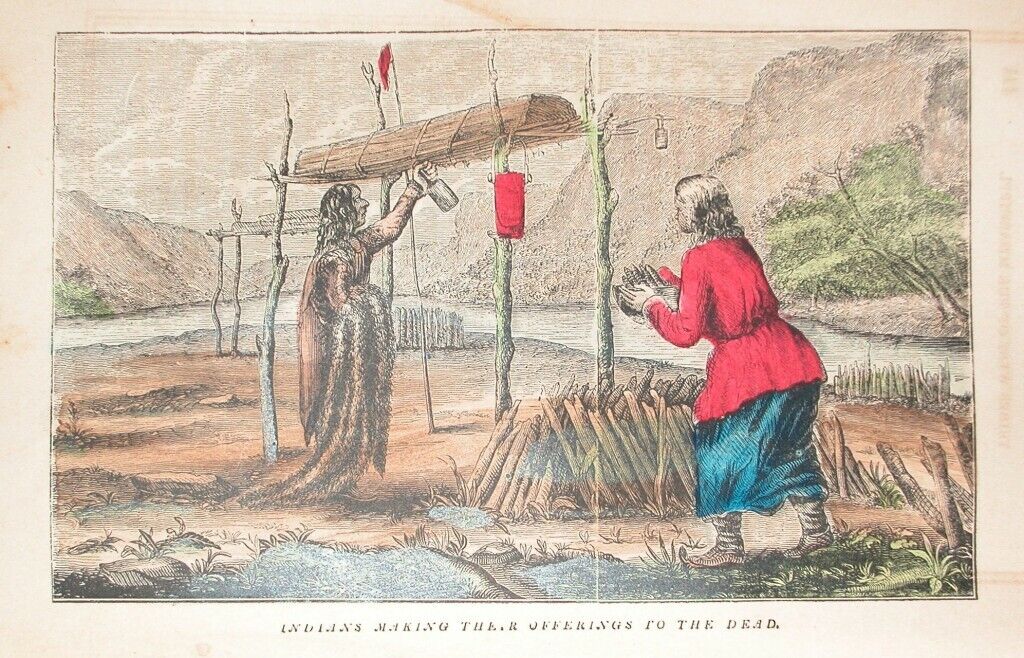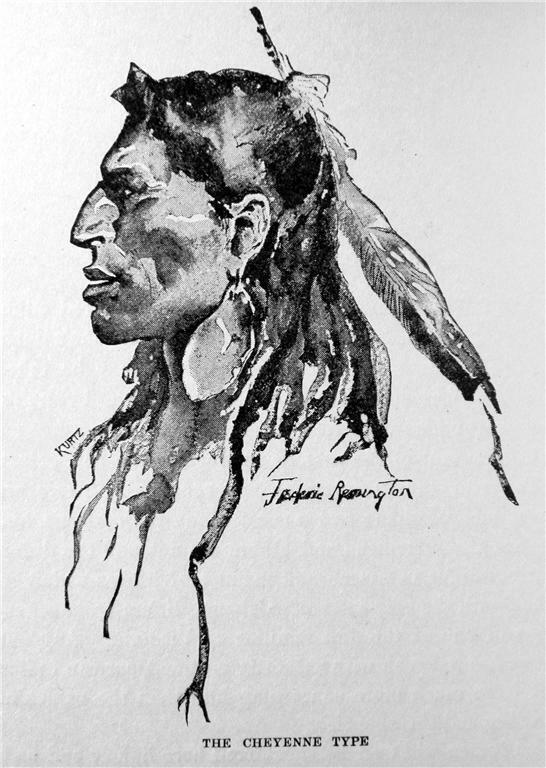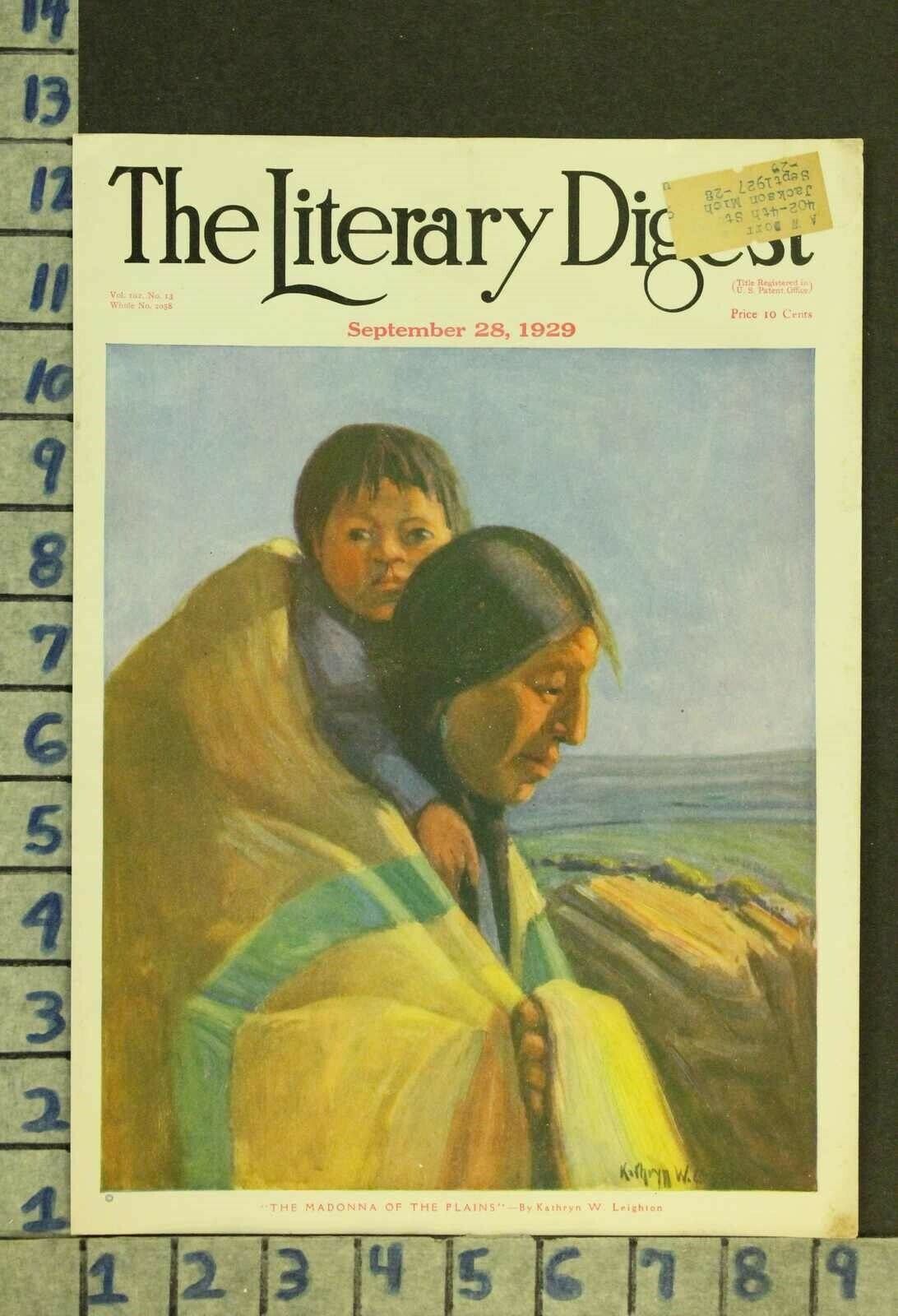-40%
WA-NA-TA Sioux Grand Chief. Folio Lithograph. McKenney & Hall. Charles King.1836
$ 1320
- Description
- Size Guide
Description
Up for auction at the Grand Antique Mall, located in Cincinnati, Ohio is anantique 1836 hand colored folio lithograph and full length portrait of WA-NA-TA, Grand Chief of the Sioux, by Charles Bird King.
From Volume I of McKenney & Hall's History of the Indian Tribes of North America. Published by F. W. Greenough. Drawn, printed and colored at J. T. Bowen's Lithographic at No 94 Walnut Street, Philadelphia. Dated
1836
.
Measurements:
21.5”H x 15.5"W
WA-NA-TA stands, holding a rifle. On his head are 7 feathers; around his neck is a band of grizzly bear claws. The white of his fringed buffalo skins is decorated with small owl feathers. His yellow moccasins have red and white beads.
Vibrant palette of purple, violet, pale and dark green, red, orange, gold, deep and light blue, white, silver, yellow, orange, black, cream, and brown.
Portraits by Charles Bird King became even more significant in 1865, when almost all of his original tribe paintings were destroyed in a fire at the Smithsonian.
Questions?
Please send a message and we’ll promptly reply.
